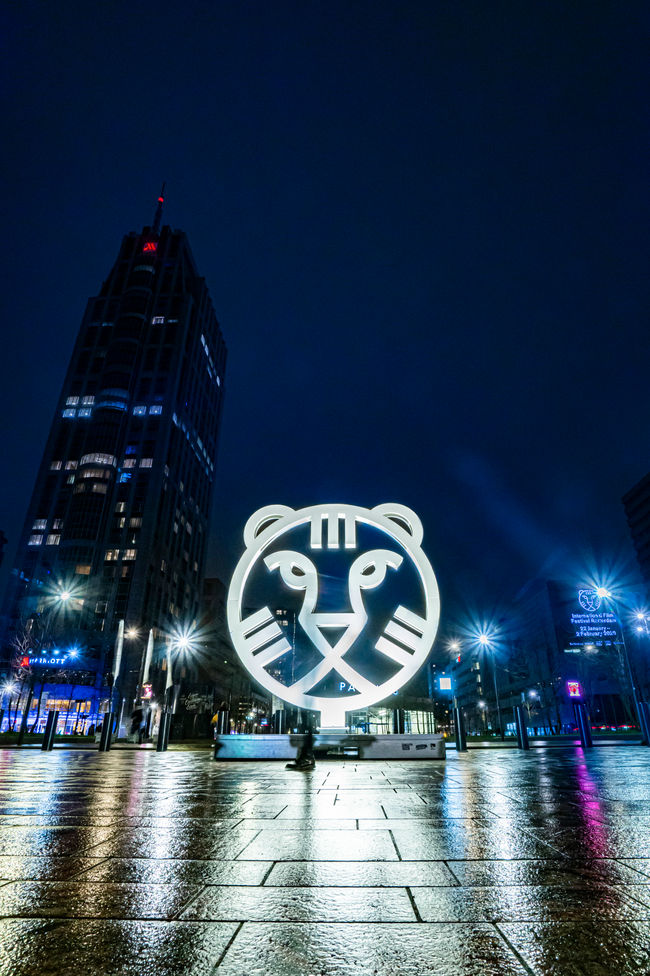A Hunter without a Prey
28 January 2020
On Indigenous Spirituality in The Fever
On Indigenous Spirituality in The Fever
By Young Film Critic Phuong Le
The Fever’s minimalist dialogues and cinematography are particularly moving and effective as they convey Justino’s existential angst through the most minor details. For instance, it is ironic that Justino is first introduced, not with his real name, but as "Alpha 05," the code name given to him by the company whose corporate presence is bodiless and omnipresent, a mere impersonal voice booming through his walkie-talkie. In reality, Justino is no longer the "alpha" as his actions and routines come under the influence of his unfeeling cityscape.
As an indigenous, recently widowed man now faced with his daughter Vanessa’s imminent departure to Brasillia for medical school, Justino’s rootlessness is simultaneously spatial and spiritual. At the docks, Justino is often filmed in wide shots where his figure looks small and insignificant next to huge, imposing containers. The Fever also recurrently returns to his long commute from his house in the Amazon to his workplace. There, Justino is once again decentered, as the film focuses on the vast vista of the city’s numerous highways, operating as a symbol of urban alienation.
This homogeneous façade is disturbed by the TV news of rampages of a mysterious, unidentified animal roaming the neighbourhood and attacking people. The call to exterminate this unknown beast operates on two levels. On the one hand, the fervour to capture the animal recalls the comfort provided by hunting in Justino’s previous life in the village. It also stands for a government-sanctioned desire to rid the city of supposedly untamed and undomesticated forces; a term used by Justino’s racist colleague to describe indigenous people in Brazil. Consequently, Justino’s existence in Manaus is riddled with paradoxes and dilemmas that render his urban routines as passive and trapped.
The eponymous fever that Justino develops is thus a response to his urban loneliness as well as his unspoken anxiety about his daughter's departure. Interestingly enough, the fever has almost corporate-like characteristics, as it comes and goes at specific times, and Justino even describes it as having a "timetable" to his doctor. Nevertheless, the fever is also elusive enough that it cannot be explained away by regular medical tests. As modern rituals strip away Justino’s ties to his indigenous way of life – he can’t even get time off to participate in his village’s annual festivities – the fever is not only symptomatic of his growing restlessness but is also a form of resistance to the dominant impulse to dissect and resolve any vestiges of spiritual mysteries.
During a Q&A after a public screening of The Fever, producer Pierre Menahem talked about the extensive research that director Maya Da-Rin and the crew underwent to prepare for the film. Non-actor Regis Myrupu, who won the Leopard for Best Actor at the 2019 Locarno International Film Festival, led one of the indigenous communities with whom they had scouted for possible performers and input. Through her research, Da-Rin translates her understanding of the subject narratively as well as visually. The Fever features numerous close-ups of Myrupu’s face, his visage becomes an alternative landscape to the cold, impersonal cityscape of Manaus. The Fever’s tenderness then suggests that, even in the midst of modern ennui, the possibility for the personal and the spiritual to overcome the indifference of homogeneous structures still exists.







